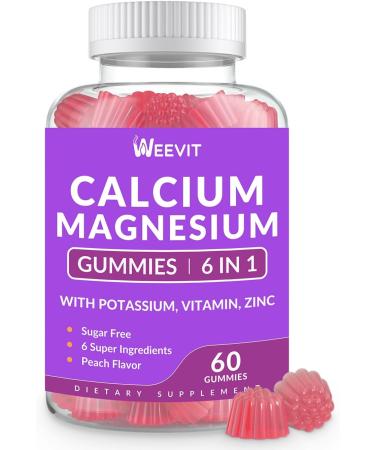
What's NMN?
NMN stands for nicotinamide mononucleotide, a molecule naturally occurring in all life forms. At the molecular level, it is a ribo-nucleotide, which is a basic structural unit of the nucleic acid RNA. Structurally, the molecule is composed of a nicotinamide group, a ribose and a phosphate group (Figure 1). NMN is the direct precursor of the essential molecule nicotinamide adenine dinucleotide (NAD ) and is considered a key component to increase NAD levels in cells.
NAD is an essential coenzyme required for life and cellular functions. Enzymes are catalysts that make biochemical reactions possible. Coenzymes are 'helper' molecules that enzymes need in order to function.
NAD is the most abundant molecule in the body besides water, and without it, an organism would die. NAD is used by many proteins throughout the body, such as the sirtuins, which repair damaged DNA. It is also important for mitochondria, which are the powerhouses of the cell and generate the chemical energy that our bodies use.
NAD plays an especially active role in metabolic processes, such as glycolysis, the TCA Cycle (AKA Krebs Cycle or Citric Acid cycle), and the electron transport chain, which occurs in our mitochondria and is how we obtain cellular energy.
In its role as a ligand, NAD binds to enzymes and transfers electrons between molecules. Electrons are the atomic basis for cellular energy and by transferring them from one molecule to the next, NAD acts through a cellular mechanism similar to recharging a battery. A battery is depleted when electrons are expended to provide energy. Those electrons can't return to their starting point without a boost. In cells, NAD serves as that booster. In this way, NAD can decrease or increase enzyme activity, gene expression, and cell signaling.
As organisms grow older, they accrue DNA damage due to environmental factors such as radiation, pollution, and imprecise DNA replication. According to the current aging theory, the accumulation of DNA damage is the main cause of aging. Almost all cells contain the 'molecular machinery' to repair this damage. This machinery consumes NAD and energy molecules. Therefore, excessive DNA damage can drain valuable cellular resources.
One important DNA repair protein, PARP (Poly (ADP-ribose) polymerase), depends on NAD to function. Older individuals experience decreased levels of NAD . The accumulation of DNA damage as a result of the normal aging process leads to increased PARP, which causes decreased NAD concentration. This depletion is exacerbated by any further DNA damage in the mitochondria.

 Add to Cart
Add to Cart











![Stewart Freeze Dried Dog Treats Made in USA [Single Ingredient Puppy and Dog Training Treats - Grain Free Natural Dog Treats] Resealable Tub to Preserve Freshness](https://www.gosupps.com/media/catalog/product/cache/25/thumbnail/50x/9df78eab33525d08d6e5fb8d27136e95/6/1/61gwbbixarl._ac_sl1500_.jpg)


